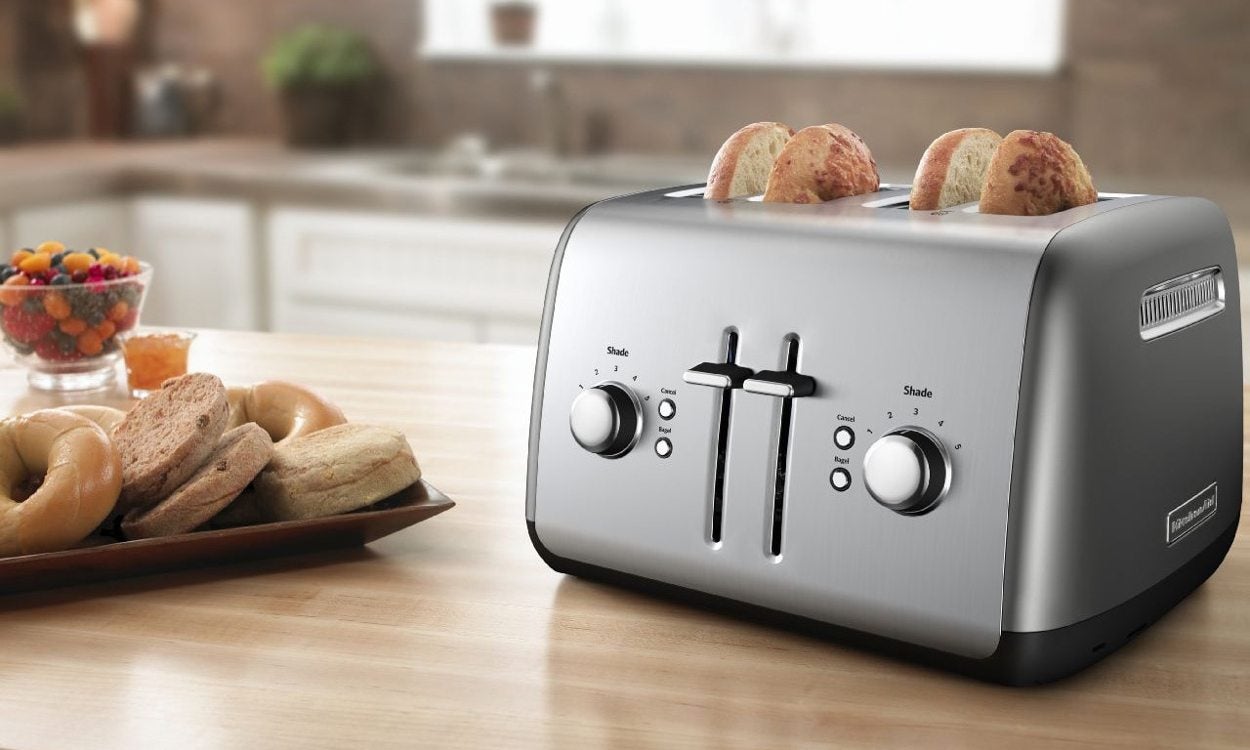Are you thinking of buying a generator? There’s a lot to choose from, and they come in all shapes, sizes, and wattages. But what does all that mean? What do ‘1500 watts’ signify? Is it enough to power a national security system? Or will a desktop fan send it to an early grave?
What you need is context. A list of appliances that a 1500 watt generator can safely run by themselves and all at once, so you know what’s possible and what isn’t.
Let’s Talk Watts

Because it isn’t a simple case of just running an appliance (running watts), you have to switch them on too. And for a lot of appliances, that equates to an additional power hit known as ‘surge watts.’ The average cell phone battery charger, for instance, runs at a measly 10 watts. There are no ‘surge watts’
involved, so it won’t put too much of a dent in that generator. But the average blender, on the other hand, runs at 350 watts and has an initial surge of 500 watts.
500 watts!!
A third of your generator’s capacity is used to make a smoothie! And that’s before you take into account the TV you’ve got on. Or the cell phone charger you’ve left plugged in, even though you’ve already charged your phone (yep, that’s eating up the units too).
So – with that in mind:
Let’s give you a rundown of some electrical appliances and how much power they consume
Laptops
You might think they’re a big hitter when it comes to power consumption, but laptops are energy-efficient machines for the most part. The average unit runs at 75 watts, and there are no surge watts to worry over. So if you’re gaming, rustling up a blog post (cough cough), catching up on that Netflix show, or anything in between, your 1500 watt generator can do it while it’s pretty much half-asleep.
Small TVs
An essential part of your RV make-up, especially if the weather has forced you inside. But can that generator keep it running for you? Like a dream, actually. The average small TV runs at 100 watts, and there’s no surge to worry about either. So if rain is pouring down and a night of Netflix is in the offing, you could invest in a second TV and avoid a family argument about who’s watching what. Your generator will run both TVs with one hand behind its back.
Video Game Consoles
 Another lifesaver when the weather is against you, but can that generator keep you in the game? While a console packs a bigger punch than your average small TV, it’s still child’s play for your generator. Most consoles run at 200 watts, and there are no surge complications. In fact, if you total all the wattage from the three appliances we’ve covered so far, you’re looking at 375 watts and no baggage. The generator’s holding its own so far, but now we’re getting into the big guns, like …
Another lifesaver when the weather is against you, but can that generator keep you in the game? While a console packs a bigger punch than your average small TV, it’s still child’s play for your generator. Most consoles run at 200 watts, and there are no surge complications. In fact, if you total all the wattage from the three appliances we’ve covered so far, you’re looking at 375 watts and no baggage. The generator’s holding its own so far, but now we’re getting into the big guns, like …
The Microwave Oven
Is there a handier piece of cooking equipment? From reheating last night’s leftovers to rescuing the cup of coffee you neglected due to parenting responsibilities, the microwave oven is the get-out-of-culinary-jail-free card. But it also packs a hefty electrical punch. Not quite Muhammad Ali level, but 750 running watts and 800 surge watts is quite the combo, meaning only 750 watts for anything else. If you need that microwave, then you need to make allowances for it.
The Coffee Maker
Ah, coffee. Should a day start in any other way? If your generator is doing the talking, perhaps not. Because at 800 running watts, that cup of joe is mighty expensive. On the other hand, if it’s early in the morning, the kids aren’t up yet, and it’s just the coffee maker that’s using the juice, then it’s a price worth paying, wouldn’t you say? Add it to the 75 watts for the laptop, and you’ve got the setup for blog post brilliance, and all within your generator’s capacity. Awesome.
The Toaster
 Waffles. Bagels. English muffins. The versatility of the simple toaster makes it an essential part of the everyday home or RV, whether it’s breakfast, lunch, dinner, or midnight guilty treat (totally not me). But it eats power like an Iron Man suit, given the average 850-watt running rate. That means less than half of your generator’s capacity for anything else. Good thing that you only use toasters in short bursts.
Waffles. Bagels. English muffins. The versatility of the simple toaster makes it an essential part of the everyday home or RV, whether it’s breakfast, lunch, dinner, or midnight guilty treat (totally not me). But it eats power like an Iron Man suit, given the average 850-watt running rate. That means less than half of your generator’s capacity for anything else. Good thing that you only use toasters in short bursts.
So … what about the washing machine? The refrigerator? The AC?
In short – it’s a big no-no. If you want to power these behemoths, you’re going to need something that packs some serious punch. Take the washing machine: when it’s running, it’s a respectable 750 watts. But here comes the complication. When you switch on that machine, it’s over 2000 surge watts, well beyond that 1500 watt capacity. At best, we’re talking poor performance. At worst, you’ll damage your generator and even set fire to the power cords. Don’t do it!
Is a 1500-Watt Generator Right for You?
That’s the question. Hopefully, the list above has given you some context about what’s possible and what isn’t. It’s important to point out at this stage that the wattages quoted for each of the machines are estimates and that for exact figures, you’ll need to consult the manual of your respective appliance. But they’re a ballpark, and they can give you an idea of what generator you need. If you are running small appliances, like a toaster or laptop, you’ll be able to run them without much of a problem, as long as you’re mindful of how many appliances you’ve got going at the same time. But if you do need to run bigger appliances – from washing machines to complete heating systems – a more powerful generator is the way to go.